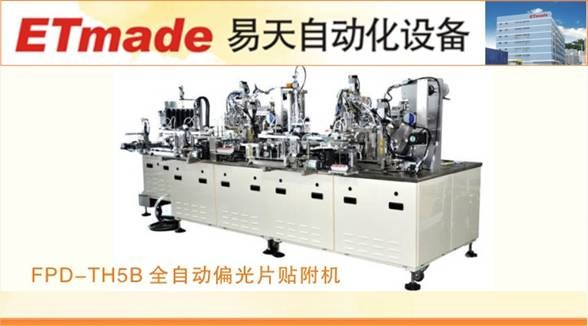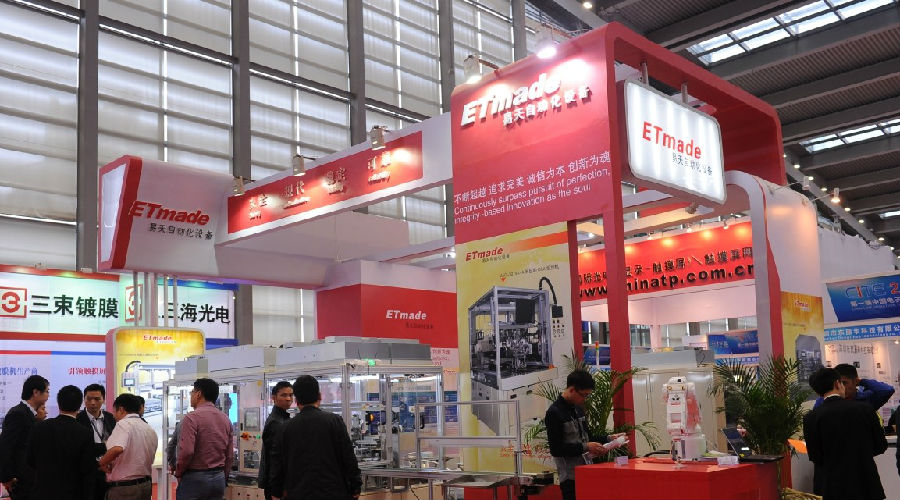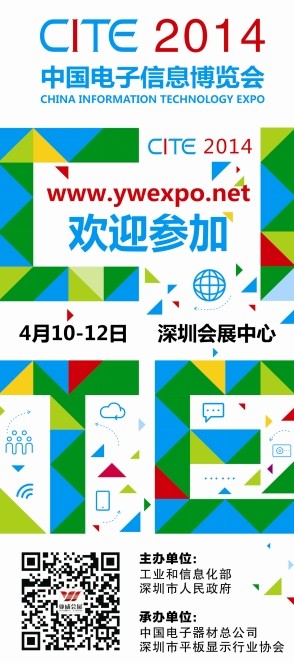After more than a decade of development, China’s liquid crystal display industry has transformed from non-existence to innovation and has become the largest producer of TN/STN panels in the world, ranking first in output value in the LCD industry. Currently, there are approximately 200 production plants and research institutes related to the LCD industry in mainland China, with over 100 TN/STN-LCD production lines, 7 TFT-LCD production lines, and numerous TN/STN/TFT liquid crystal module production lines. Facing the burgeoning development trend of the TFT-LCD panel industry, the LCD equipment manufacturing industry in China is both an opportunity and a challenge.

1. The Development of the Flat Panel Display Industry Brings Opportunities to the Equipment Manufacturing Industry
In the “11th Five-Year” development plan for the information industry, the flat panel display industry has become a core basic industry to be prioritized for development, characterized by a strong industrial chain driving effect. A specialized industry task force has been established to achieve a collective breakthrough and overall leap in the flat panel display sector in mainland China. On the other hand, the TFT-LCD industry is a capital-intensive, technology-intensive, short product lifecycle, and fast technology replacement industry with a dense related industry, high patent barriers, and international division of labor. Its value lies in the entire industrial chain rather than merely the competition of production lines. Therefore, China’s LCD equipment manufacturing industry is facing a very good opportunity to leverage the integration of TFT-LCD manufacturers and the restructuring of the industrial chain, allowing it to seize the moment to meet the demands of the TFT-LCD industry, which is a once-in-a-lifetime opportunity.
2. The Current State of Fully Automated Equipment Development at Home and Abroad
China is a major manufacturing country. A decade ago, the coastal regions of China were processing factories for labor-intensive industries. With national development and social progress, it is now shifting towards technological innovation and high value-added production models. In this process, the fully automated equipment industry has inevitably become a priority research and development project for various equipment manufacturing enterprises.
Compared to foreign companies, especially those from Japan and Taiwan, fully automated equipment manufacturing and application development has become an essential means and tool for resolving various production-related contradictions, given their national conditions and human resource utilization. It is undeniable that domestic equipment manufacturers lack the technical accumulation compared to their Japanese and Taiwanese counterparts; however, in terms of innovation, domestic manufacturers have a clear advantage. Observations show that the development of Japanese companies is at a stable stage, but their pace of innovation has become very limited; there are gaps in technological innovation, and there is a lack of talent succession. Some companies have even proposed moving their R&D departments to China. The most important reason for this is the severe aging in Japan, where the average age of core positions such as engineers exceeds 60 years. It is well-known that cultivating talent in R&D requires a long period of accumulation, and currently, the younger generation tends to engage in more easily achievable careers such as sales and finance. Thus, Japanese companies face challenges in innovation. In contrast, the engineering R&D team in our country is primarily around 30 years old, which gives us an advantage. Comparing a 60-year-old with a 30-year-old in terms of innovation clearly shows a difference.

Yitian’s Exhibition Stand at the First China Electronic Information Expo
However, we should recognize that relocating R&D departments does not mean transferring technology; Japanese companies have a strong awareness of protecting their technology. Moreover, they also have control over core customers. Because of this, they are confident in relocating R&D departments to China. Currently, what local equipment manufacturers need to do is to maximize their technological accumulation to break through the technological protection barriers posed by Japanese and Taiwanese enterprises, thereby truly securing a place in the global automation equipment field.
Shenzhen Yitian Automation Equipment Co., Ltd. is a domestic manufacturer specializing in the R&D and production of fully automated equipment for LCD production applications. Currently, its products include “Fully Automated Polarizer Attachment Machines for Small and Medium-Sized Displays,” “Fully Automated Grinding Belt Cleaning Machines,” “Fully Automated Backlight Assembly Machines,” and “Fully Automated Atmospheric Full Lamination Machines,” covering processes needed for manufacturing 1.5-65 inch LCDs and touch screens. Notably, as the only manufacturer of fully automated polarizer attachment machines and grinding belt cleaning equipment in China, its product processes have been recognized by leading industry clients such as Tianma Microelectronics, TCL, O-Film, Holitech, and JDI. According to sales and after-sales service statistics from 2013, the product yield rate reached 98% in terms of technological competitive advantage, and the speed for small and medium-sized displays is 4-6 seconds per piece, which is basically on par with Japanese equipment performance, while the price competitive advantage compared to foreign products is nearly 30% higher.
3. Continuously Surpassing, Pursuing Perfection, Innovation as the Soul, Integrity as the Foundation
In the current situation, the domestic equipment manufacturing industry faces good development opportunities as well as new challenges. Domestic enterprises must leverage their advantages, enhance their independent innovation capabilities, build localized brands, and improve the competitiveness and influence of domestic fully automated equipment.
Technology is the primary productive force. Under the current national environment, enterprises should focus on talent cultivation and training, daring to give young people more responsibilities, while also considering actual conditions to formulate enterprise systems suitable for their development needs, expanding the scale of specialized talent training, and improving the level of talent cultivation to meet the technical and professional talent needs for independent innovation. At the same time, during enterprise development, it is essential to promote communication between enterprises, guide advanced technological experiences to be introduced and absorbed, and participate more in national advanced technology exchange meetings and other activities to broaden horizons for innovation.

Outlook on the Development of Fully Automated Equipment in the TFT-LCD Industry:
1. The demand for manufacturing medium to large-sized equipment will rapidly expand from 7 inches to around 20 inches;
2. The development of OLED and TFT-LCD will inevitably lead to technological innovations; based on the current situation, TFT-LCD will continue to develop for the next five years, but OLED will gradually squeeze the market space of LCDs. Fully automated equipment should enhance its product adaptability to ensure steady development space.